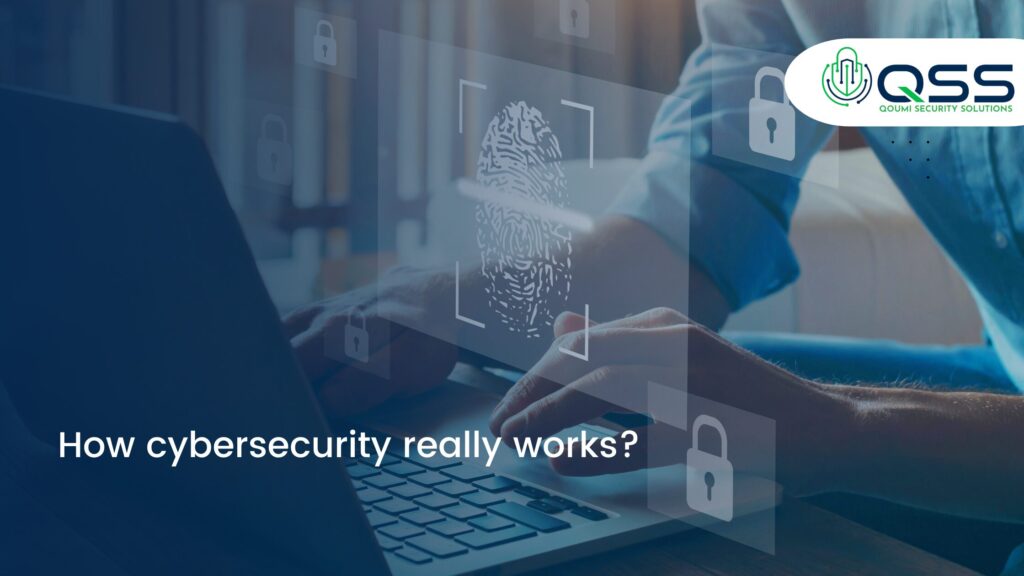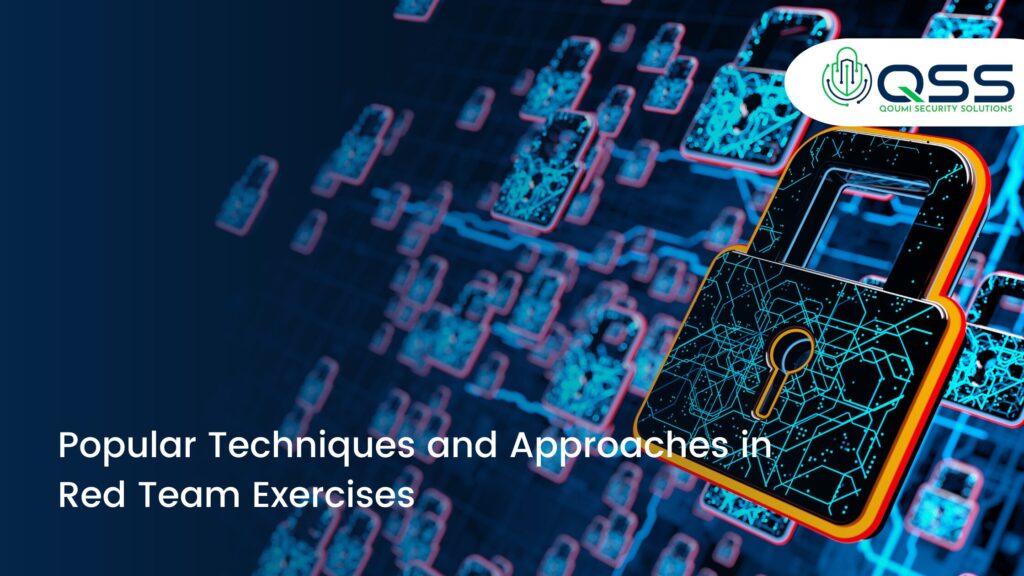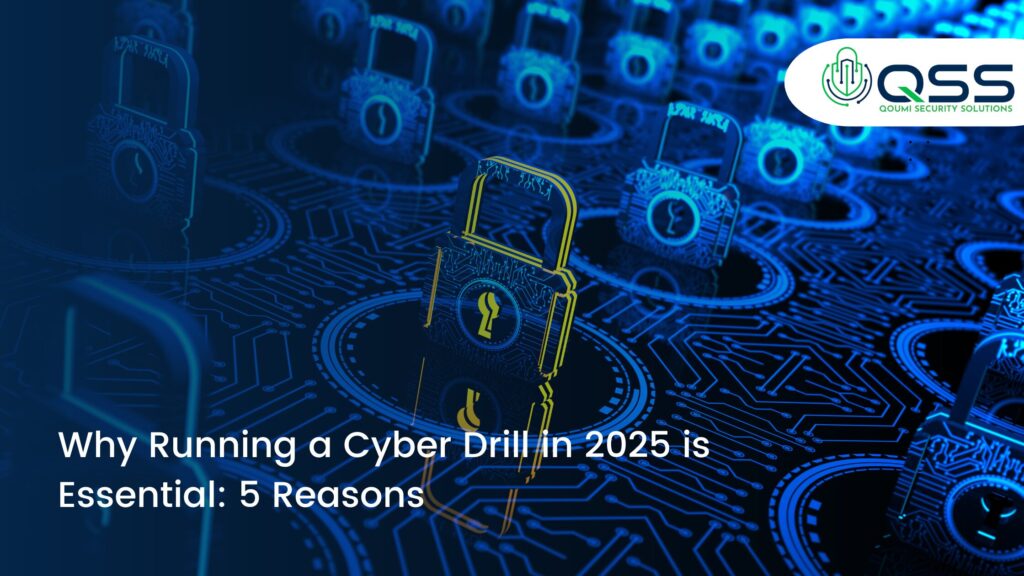How cybersecurity really works?

How cybersecurity really works
In a world dominated by technology, cybersecurity acts as the invisible force shielding individuals, businesses, and governments from the ever-evolving threats of the digital age. But how does cybersecurity actually work? From the fundamentals of protection to advanced strategies, let’s break down the mechanisms that keep our data and systems safe.
Understanding Cybersecurity: The Basics
At its core, cybersecurity is the practice of protecting systems, networks, and data from cyberattacks. It involves multiple layers of defense, combining technology, processes, and human expertise to detect, prevent, and respond to threats.
Core Objectives of Cybersecurity:
- Confidentiality: Ensuring sensitive information is accessed only by authorized individuals.
- Integrity: Protecting data from being altered or corrupted.
- Availability: Ensuring systems and data are accessible when needed.
Key Components of Cybersecurity
- Firewalls: The First Line of Defense
Firewalls act as barriers between trusted and untrusted networks, filtering incoming and outgoing traffic.
- How It Works: A firewall monitors traffic using predefined rules to block suspicious or unauthorized access.
- Example: Blocking malicious IP addresses or restricting access to certain websites.
- Antivirus Software
Antivirus programs detect and remove malicious software like viruses, worms, and trojans.
- How It Works: Scans files and systems for known malware signatures and suspicious behaviours.
- Example: Quarantining a file that matches a malware signature.
- Encryption: Protecting Data in Transit and Storage
Encryption converts data into unreadable formats, ensuring only authorized parties can access it.
- How It Works: Data is encoded using an encryption key and can only be decrypted with the correct key.
- Example: HTTPS encrypts information exchanged between a browser and a website.
- Multi-Factor Authentication (MFA)
MFA requires users to verify their identity using multiple methods, such as passwords and a mobile app.
- How It Works: Even if one authentication factor (e.g., a password) is compromised, the additional factor provides a second layer of security.
- Example: Logging into an email account with a password and a one-time code sent to your phone.
- Intrusion Detection and Prevention Systems (IDPS)
These systems monitor networks for suspicious activity and take action to prevent potential breaches.
- How It Works: Identifies patterns of behaviour that indicate threats and blocks or flags them.
- Example: Detecting a flood of login attempts (brute-force attack) and temporarily locking the account.
Advanced Cybersecurity Techniques
- Artificial Intelligence (AI) and Machine Learning (ML)
AI and ML enhance threat detection by analyzing large volumes of data and identifying anomalies.
- How It Works: AI-powered systems learn from past threats to predict and respond to new ones in real-time.
- Example: Identifying and blocking phishing emails before they reach users.
- Zero-Trust Architecture
Zero-trust assumes that no one inside or outside a network can be trusted without verification.
- How It Works: Continuously authenticates and validates users and devices accessing the network.
- Example: Requiring reauthentication every time a user accesses a sensitive resource.
- Penetration Testing (Ethical Hacking)
Ethical hackers simulate cyberattacks to identify vulnerabilities in systems.
- How It Works: Security experts exploit weaknesses in a controlled environment to recommend improvements.
- Example: Testing a company’s firewall by attempting to bypass it.
How Cybersecurity Responds to Threats
- Threat Detection
Cybersecurity tools monitor systems for unusual activity, such as unauthorized access or spikes in traffic.
- Example: A security information and event management (SIEM) system logs and analyzes events for anomalies.
- Incident Response
When a threat is detected, incident response teams investigate, contain, and mitigate the issue.
- Example: Isolating an infected computer to prevent malware from spreading.
- Recovery and Mitigation
After an attack, cybersecurity measures focus on restoring systems and preventing future incidents.
Example: Implementing stronger access controls following a data breach .
The Role of Humans in Cybersecurity
While technology plays a significant role, humans remain a critical part of the cybersecurity ecosystem.
- Awareness: Educating users about phishing, social engineering, and safe online practices.
- Monitoring: Security professionals analyze alerts and take proactive steps to enhance security.
Why Cybersecurity Matters
Cybersecurity isn’t just about protecting data—it’s about ensuring the continuity of businesses, safeguarding personal privacy, and maintaining trust in digital systems. Whether it’s an individual securing their smartphone or a government protecting national infrastructure, the principles remain the same: anticipate threats, defend against them, and adapt to new challenges.
In the digital age, cybersecurity isn’t a luxury—it’s a necessity. By understanding how it works, we can all play a part in building a safer online world.




